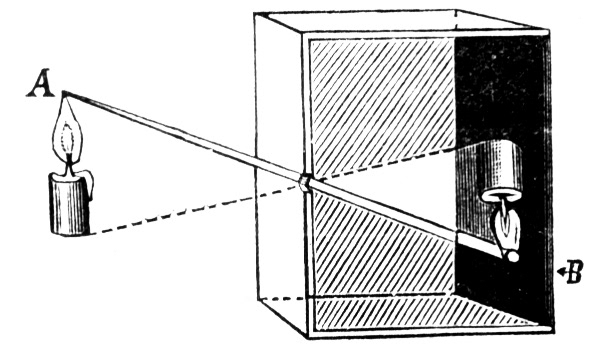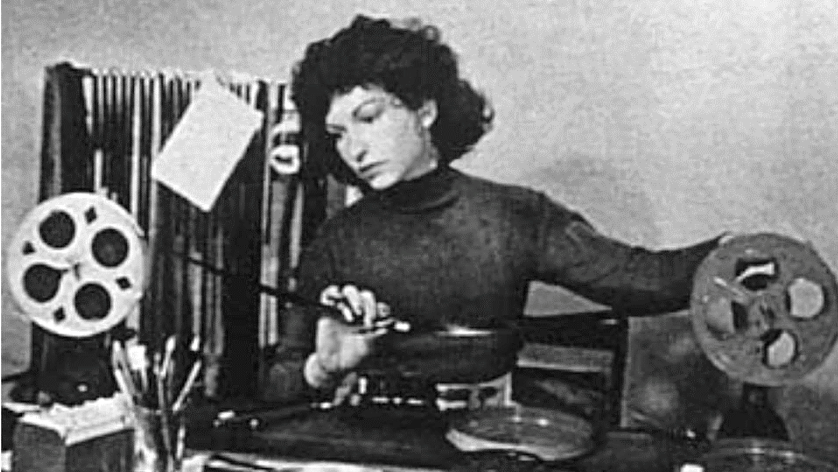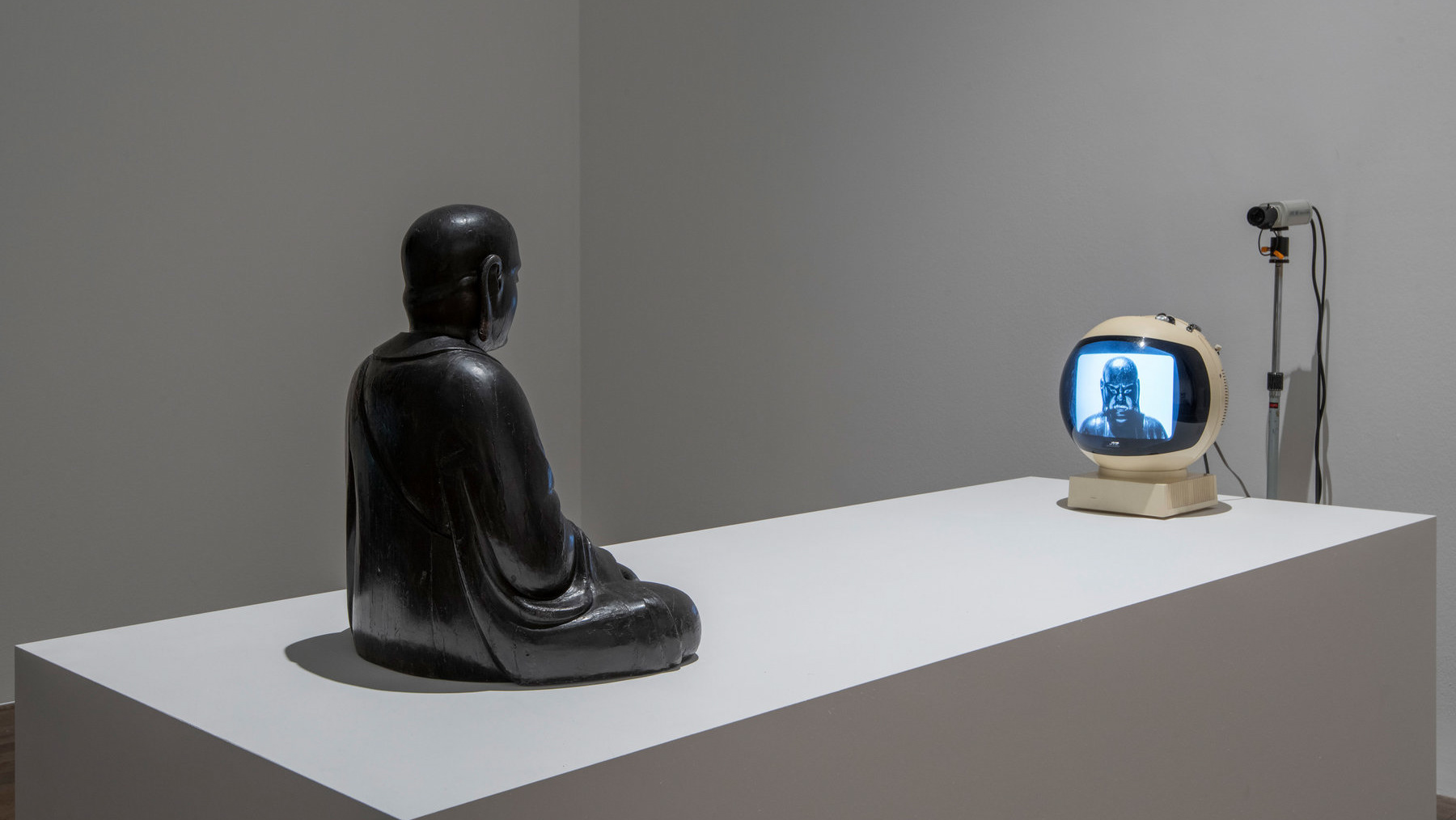In Beckett, true aesthetics of materiality goes hand in hand with a semiotic concept of theater. The real history of a person hides in the physicality of objects. Objects carry meanings, present themselves as signs with specific symbolism. They allow the imposition of sense and interpretation. Objects can trigger the activity of characters; they are mobilizing. They can also oppress, burden, and evaluate human beings and the world.
The motif of the cloud belongs to Goldberg's favorite themes in his work. In his creations, the artist tries to materialize ephemeral, amorphous phenomena of nature. Clouds in the artist's work serve as a metaphor for infinity, freedom, and the affirmation of life.
Steven Pippin's object, the Quantum camera, is a camera where the process of photography takes place in a closed circuit. It creates images for itself, focusing solely on the process. Accompanying it is a series of photos where the cameras capture a moment of their own destruction, accompanied by Pippin's comment: Photographic Philosophical Treatise (end of photography).
Joan Brossa and his project titled Object Poems constitute a series of works photographing objects. It is extremely interesting because it creates a visual poem, an object poem. It is a definite step beyond the idea of poetry, changing the foundation. Brossa does not use paper but everyday objects that the recipient can also relate to. This gives the work multidimensional meanings. By relying on simple ways of perception, Joan Brossa reveals new spaces of sensitivity to us.
Roman Opałka's images, also titled From One to Infinity, became a program for his life. The work was initiated by chance when the artist, killing time, started noting down consecutive rows of numbers on a napkin. This moment influenced his decision to abandon other creative pursuits and submit to iron discipline. The detailed counting started seven months later; then, he painted with white paint on a black background ten canvases per year. Over time, he introduced compilations while simultaneously recording his voice counting numbers. When the artist traveled, he created small cards with further notes on pieces of Bristol board. Every day, Opałka photographed his face in a tight frame and the same setting. Over time, the notes became longer and less visible, transforming into sequences of white numbers on a white background. The artist attempted to record the duration of existence using various media.
The figure of the Virgin Mary, made of artificial material, is a typical, mass-produced item from a devotional shop. By cutting off the base, placing a glowing diode inside the figurine, and exposing the object above the viewer's eye level, the artist changed the perception arrangement. When viewed from below, the figurine reveals its illuminated interior, giving the object a metaphysical character.
Baltazar Fajto, in the exhibition "Everything's Fine," presents a selection of photographs from the series of the same name, in which he photographed seemingly unremarkable streets of New York. However, it was not an ordinary stroll with a camera through the city; the artist tracked signs of an impending disaster. What kind of disaster? It does not seem essential in this narrative; what matters are the signs that precede it. As the photographer himself emphasizes, the theme of an impending apocalypse, an inevitable end—be it the end of the known social order, the end of our species, or even the end of the entire world—is almost as old as humanity itself and its cultural products. Throughout history, one can identify several smaller or larger "ends." However, mechanisms of collective (un)consciousness have the tendency to retrospectively seek earlier signals and predictions of what happened later; to trace cause-and-effect relationships that can only be seen in hindsight. In his project, Fajto attempts to reverse this sequence of events and recognize the signs of a disaster before it occurs. Therefore, he examines seemingly everyday objects and situations that have undergone a shift or deviation from the norm. He meticulously highlights small gaps in what seems to be an orderly and well-tamed reality—sometimes amusing in its absurdity, and sometimes evoking an underlying unease. In particular, frames devoid of human heroes, containing only traces of human activity, create an impression of intriguing understatement, a certain lack.



